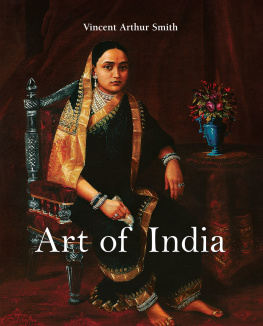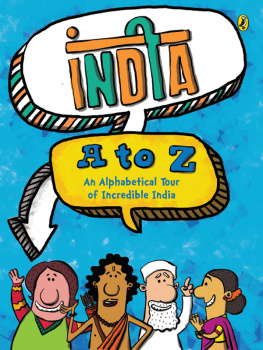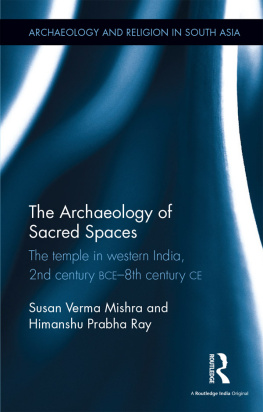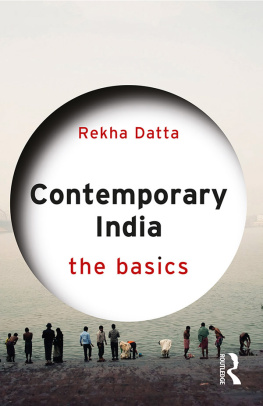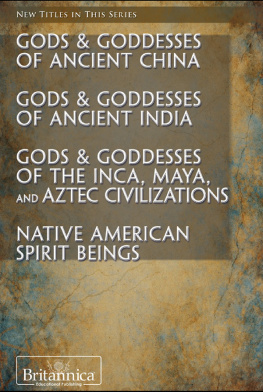Author: Vincent A. Smith
Layout:
Baseline Co. Ltd,
61A-63A Vo Van Tan Street
4 th Floor
District 3, Ho Chi Minh City
Vietnam
Library of Congress Cataloging-in-Publication Data
Smith, Vincent Arthur, 1848-1920.
Art of India / Vincent A. Smith. -- [New ed.]
p. cm.
Includes bibliographical references and index.
ISBN 978-1-84484-806-5
1. Art, Indic. 2. Art, Sinhalese. I. Smith, Vincent Arthur, 1848-1920.
History of fine art in India and Ceylon. II. Title.
N7301.S5 2011
709.54--dc23
2011028282
Confidential Concepts, worldwide, USA
Parkstone Press International, New York, USA
Image Bar www.image-bar.com
Ahaswerus | Dreamstime. c om
Kshitize Agrawal | Dreamstime.com
Benoy K. Behl | Frontline
Arun Bhargava | Dreamstime.com
Daniel Boiteau | Dreamstime.com
Fabio Cardano | Dreamstime.com
Rafal Cichawa | Dreamstime.com
Rene Drouyer | Dreamstime.com
Ragne Kabanova | Dreamstime.com
Yuliya Kryzhevska | Dreamstime.com
Grigory Kubatyan | Dreamstime.com
Luciano Mortula | Dreamstime.com
Mikhail Nekrasov | Dreamstime.com
Rajhans Raut | Dreamstime.com
Jeremyrichards | Dreamstime.com
Samrat35 | Dreamstime.com
Shargaljut | Dreamstime.com
Nickolay Stanev | Dreamstime.com
Sid Viswakumar | Dreamstime.com
All rights reserved.
No part of this may be reproduced or adapted without the permission of the copyright holder, throughout the world. Unless otherwise specified, copyright on the works reproduced lies with the respective photographers. Despite intensive research, it has not always been possible to establish copyright ownership. Where this is the case, we would appreciate notification.
ISBN: 978-1-78310-783-4
Vincent A. Smith
Art of India

Contents
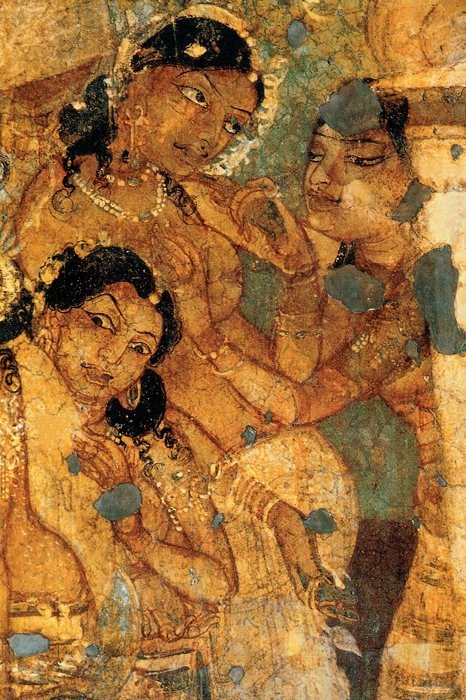
Maha-Janaka Jataka: Three of the queens maids respond to the unexpected news that the king plans to renounce his worldly goods and leave their mistress, late 6 th century C.E., late Gupta period. Detail of a fresco. Ajanta caves (Cave I), near Aurangabad, Maharashtra.
India and its Art
In discussing Indian studies I am forced to acknowledge considerable diffidence arising from a survey of the huge bulk of material to be dealt with. In the face of this complexity I find myself inclined to rely on evidence that is subjective and therefore more or less unscientific, in which personal experience and interpretation is increasingly stressed. In speaking of India, a country that in its wide extent offers more beauty to the eyes than many others in the world, a descriptive vein may well be excused. India is multiple; neither geographically, ethnologically, nor culturally can it be considered a unity. This being so, I am led to suspect that the India of many writers is more imagination than fact, existing rather in pictorial expression than in reality.
The appeal of the pictorial, rising from a craving for colour and movement, is general among the generations of the present, continually chaffing against narrowed horizons and an experience bounded by economical necessity. There is magic to be found anywhere between Cancer and Capricorn. There the demands of necessity would seem to be more easily fulfilled and life to run more rhythmically, in the train of the tropic alternation of the seasons. There, bread is to be gathered directly from the rich lap of the earth. There, colour fills the day with its wealth, leaping to the eye, like the sudden glow of fruit and flower caught by the sunlight, or of kaleidoscopic crowds in narrow streets. To enter a tropic town is to enter, as in a dream, the life of a dead century.
The movement is not without parallels, and the pictorial and interpretational play a great part in its exposition; there is, indeed, something of the Pre-Raphaelite about it. The materialism of today is to be checked by Indian spirituality. Arts and crafts are to flourish everywhere, centred upon the social organization of the village. India is to arise from the ashes of India. It might be claimed, therefore, that there could be no better time than the present for the publication of a survey of Indian Fine Arts, that the credit and loss of the exchange between the occidental and the oriental may be appraised. Indeed this nationalisation of the subject has been set forth at length by certain authors. It is, however, in contradistinction to the spirit of true criticism and full appreciation. The opposition of Eastern spirituality to Western materialism is a generalisation without support, while the postulation of a metaphysical basis for any art is equally as sterile, and in fact as inconsequential, as the postulation of the existence of eternal, immutable classical standards. Art cannot be localised, at least if the humanities upon which our culture is based have any meaning, and geographical differences should be no bar to appreciation, but rather an added attraction in these days, when for most of us our voyages of discovery do not exceed the bounds of the local time-table. It is, however, unfortunate that in the minds of many people the East has a certain romantic but quite indefinite lure about it, which accentuates the unusual and leads to the substitution of curiosity for appreciation.
Modern painting and sculpture provide a definite line of advance and logical precepts to an extent that almost makes academicians of many of the younger school. This process is directly comparable to that of the modern scientific method; modern art is indeed the result of methodical, aesthetic research. From the painting of Manet to that of Czanne and the men of today, the story can only be told in terms of intellectual adventure and aesthetic discovery. The effect of the personal vision of the creators of modern art has been a widening of the circle of aesthetic interest and a revaluation of things unknown or unconsidered: Chinese painting and sculpture, Gothic sculpture, archaic Greek sculpture, African sculpture, the harmony of fine carpets, the virility of primitive design, and not least among these, Indian Art in all its branches. In the face of these riches, once despised and rejected, the dogmas of the past generations with all their complacency, intolerance, and ignorance seem wilful in their restriction and impoverishment of life.
So vital and so well founded is this movement that I would choose, as the theme of a review of Indian Art, aesthetic discovery rather than archaeological discovery, and for support I would rely upon the word of living artists whose creative vision and fellow appreciation provides the basis of a criticism of greater precision than archaeological logic or the ulterior ends and confused categories of evidence of those who would carry the discussion beyond the proper field of art. I cannot believe it is necessary or even desirable to prelude the vision of a work of art with many words. Nor can I accept as sound criticism a discourse which shifts the foundations of a true understanding of art from the visual into the literary or historical or metaphysical. I can but deplore the twisting awry of aesthetic criticism and appreciation to local and temporary ends, whatever the circumstances.
In 1897 Gauguin wrote, Ayez toujours devant vous les Persans, les Cambodgiens et un peu dgyptiens. (Always keep before you the Persians, Cambodians, and Egyptians.) One wonders what he would have written if he had known of the frescoes at Ajanta with their magnificent surety of line and delicately rendered plasticity. The placing of castes of Indian sculpture from the late medieval period on exhibition in the Trocadero in Paris may be taken as the first step towards the Western appreciation of Indian Art.
Next page
